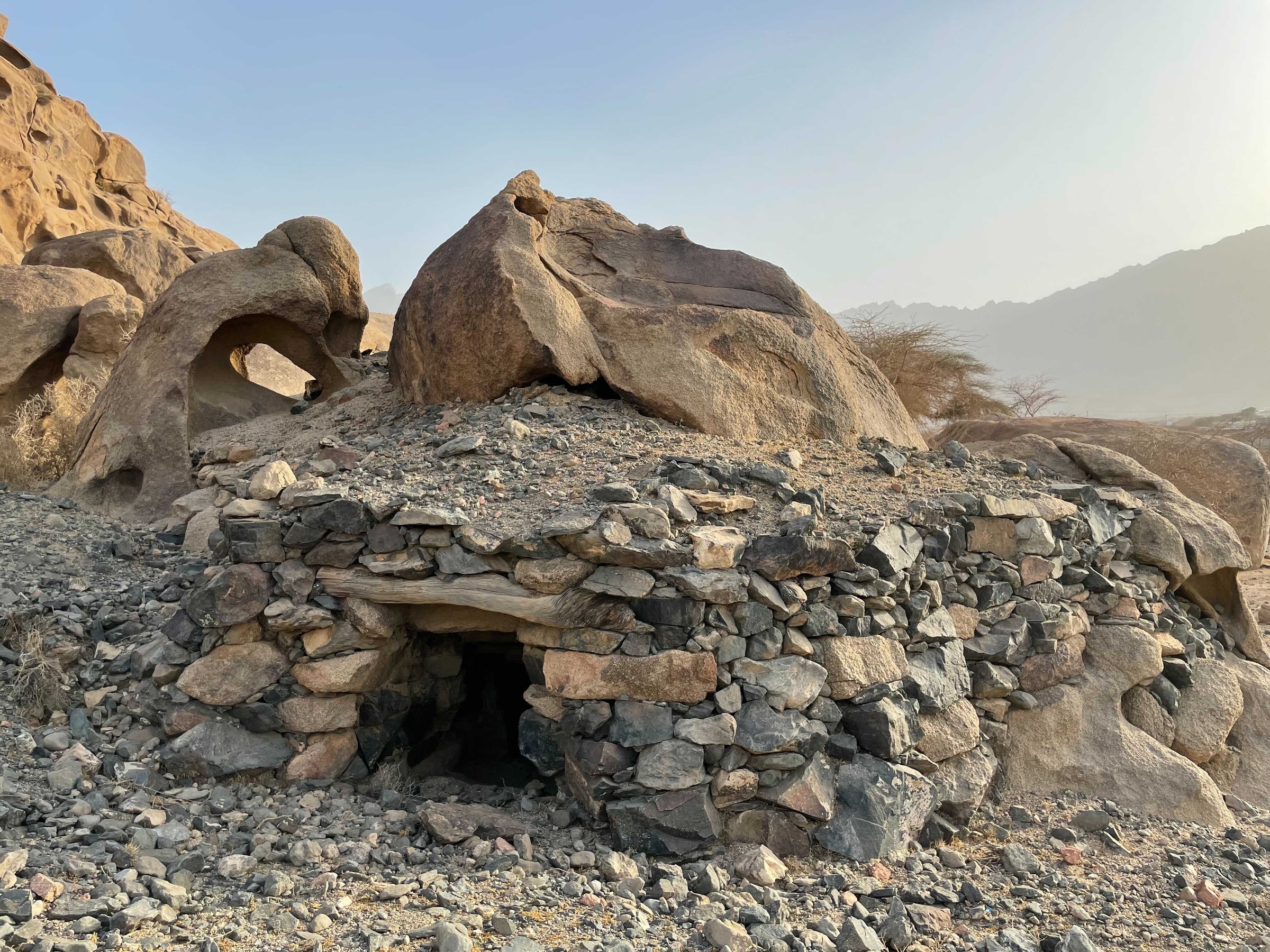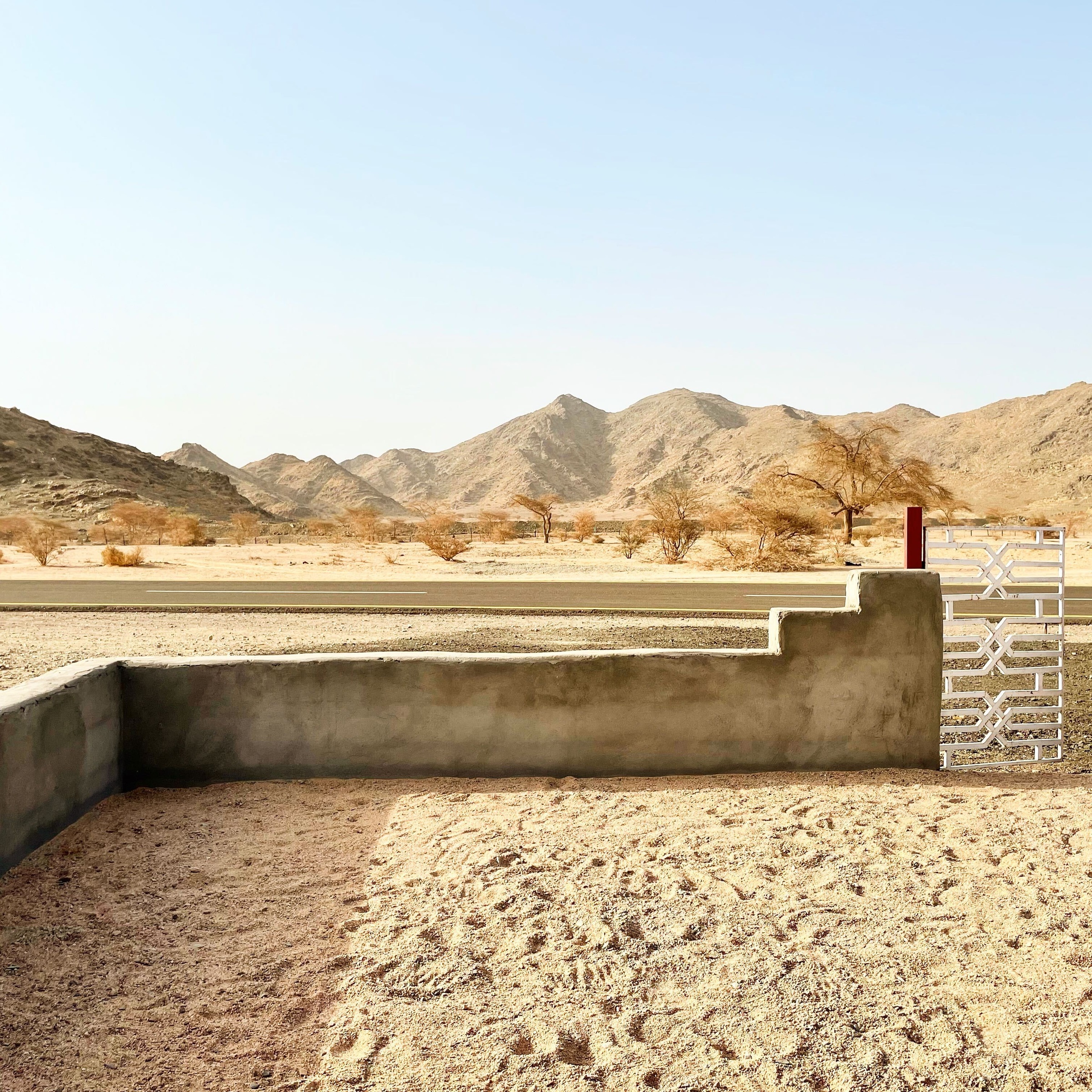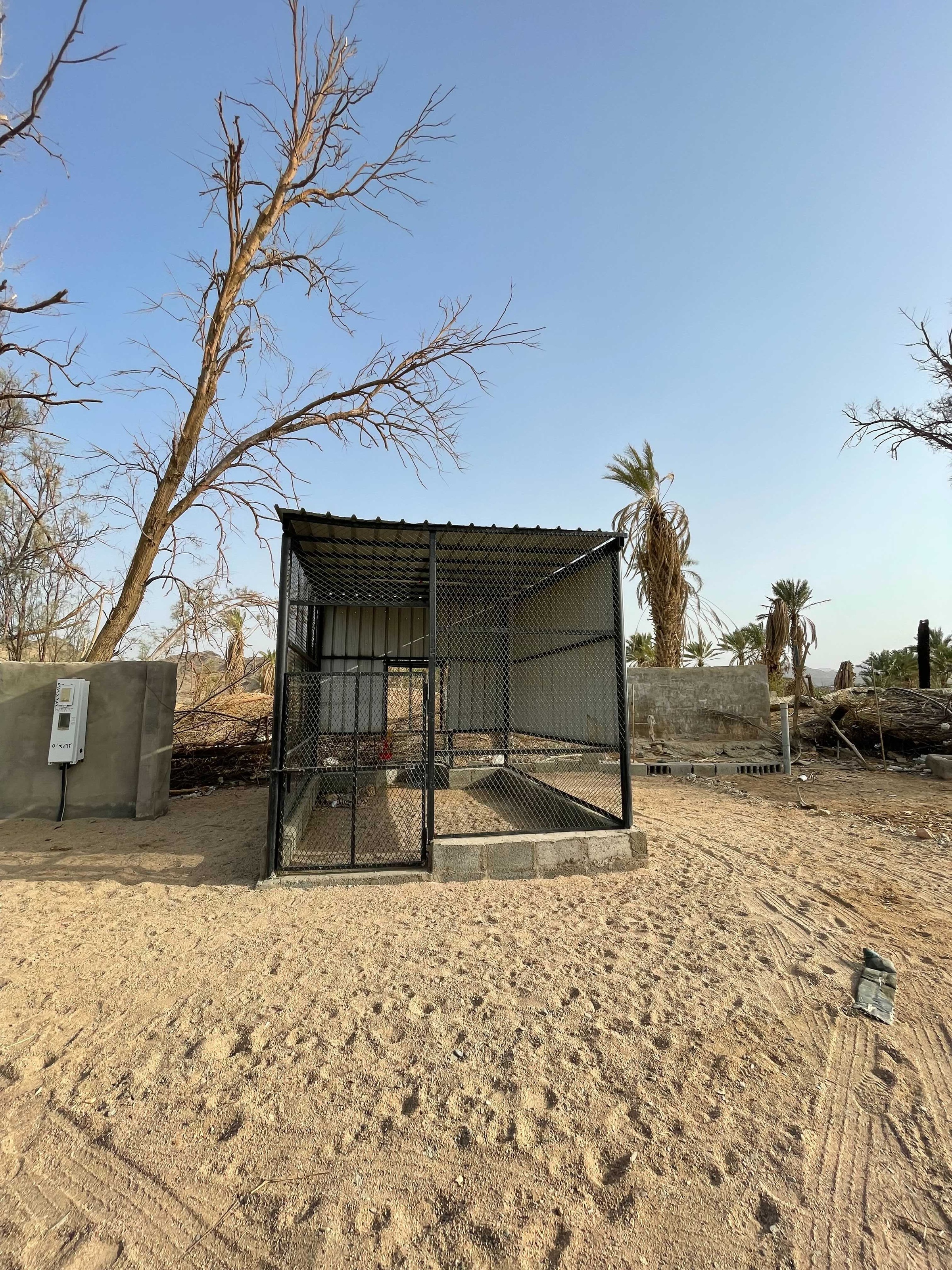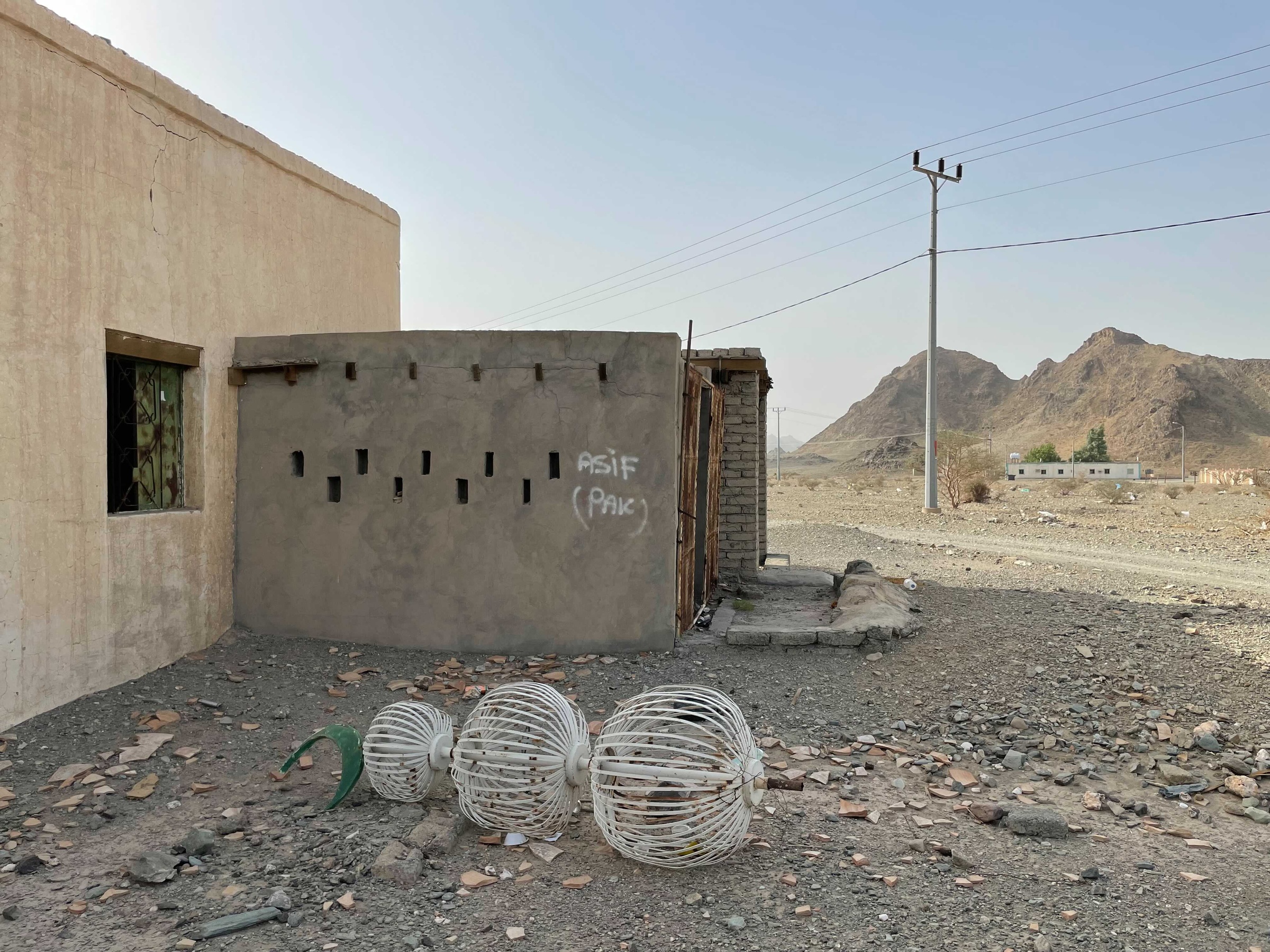J.G. We begin with your research project at A4 titled Waiting Upon. Here’s a quote that speaks to the kind of exploration we invited with that title:
It is not a suspenseful waiting but that of potential. It knows something will happen, but precisely what will be determined by that which is brought to the communal table.
There was a moment in a conversation we had with Stephen Steyn and Kathryn Smith as part of that research process where we were wondering after the vessels that carry ideas and, crucially, how these are opened and performed in the present. The word ‘customs’ arrived and seemed to offer us a framework for thinking about an exhibition.
S.V. As we began to gather artworks, we were pursuing a shared interest in practices that recognise ‘inarticulable’ knowledge. I say inarticulable, not because they are not being articulated, but because their articulations counter dominant bodies of knowledge and categorisation. They offer other entry points to engage, and hold other systems and logics embedded within them.
J.G. ‘Affordance’ is one option: where the qualities of the thing imply its use. The object or structure clarifies itself. But some ideas, like genes, can be recessive – present but not active, requiring a committed decoding to be used.
S.V. Following the interest I had taken in the roadside mosques after a road trip with the artist Moath Alofi in Saudi Arabia in 2021, we were curious about the ways ideas traverse time in objects and practices, and in the tools (conceptual, ritualistic or other) that help us to use those ideas. I was intrigued by the varying architectural forms — the simplest of spacemaking structures, where clear demarcations of boundaries and thresholds invite specific use by an itinerant community of practitioners.
In being used, they are maintained. This collective maintenance-through-use is a beautiful example of the word ‘maintenance’ in action.
Throughout our conversations, we have been wondering after how certain practices or modes of thinking are preserved and passed along. We have been inclined to connect to the affirming edge of this: powerful ways of being, hard-won by people across contexts and generations, filtering into our lives through brilliant vessels of proliferation, preservation and performance. But we need also be vigilant about how some models can preserve less than ideal frameworks. An undesirable status quo can be maintained by the self-same tools. I see it as an additional motivation for this project that acknowledges the transmission of practices, rituals, procedures and traditions.
J.G. Where maintenance works with things that exist in the world, innovation is a creative act that imagines into the world. It’s a very attractive mode (there is an excitement for the new), but it often relies on a relegation of what is in favour for what could be. It may ignore or simply not invest in existing value. In one of our conversations, you offered the phrase ‘dynamic preservation’ that suggests an emergent relationship premised on adaptation while prioritising what is known and held dear.
S.V. The Grand Mosque of Djenne in Mali is reconstructed every year during a night of communal work known as the Crépissage. This preservation is dynamic, found in the festival of its making, which involves everyone in the town, generation to generation. The mosque is preserved but it is also slightly altered by being remade each time over hundreds of years.
A piece of text I encountered when researching Sufi practices of chanting dhikr (embodied ways of chanting to remember God) maps each person in the gathering’s position in relation to each line in a chant or song. So effectively, anyone entering the gathering is implicated in its making. There is no separation between the spectacle and the spectator – everyone is involved.
Different kinds of infrastructures for gathering offer opportunities that are vital for thinking about methods for making architecture that look beyond that which is dominant.
In Arabic, a word that can be helpful here when wondering about the complexities of maintenance, or preservation, is niyyah; intention. What is it that we consecrate, and how?
J.G. There is one mosque you photographed that we kept referring to: it had very low walls that could be easily stepped over. But inside those walls was a small gate. The gate asked for more than decorum. By using the gate to enter and exit, one acknowledged the passing of a threshold. This threshold was one of transformation from one state to another, in this case, from the mundane to the sacred. Customs also pertains to thresholds. For example, one must ‘pass through Customs’ when travelling across borders, where customs officials audit people and attendant goods.
S.V. Borders can do this terrible work of inhibiting access. Boundaries can also be powerful thresholds, where demarcations afford transition or transformation. There is an evocative instance within Islam, that one need only hold the intention in mind or utter the words ‘this is the boundary’ to declare a space to be a mosque.
J.G. It is because one declares it to be so. I think this is interesting in terms of artworks and exhibition making. Both are activated through engagement, either with us (viewers / participants) or with proximate artworks. Transformation happens through use. I’m interested to see what lies nascent within Customs that may be unlocked through contact with the exhibition.
S.V. We’ll continue to open up the wondrous variety of vessels for carrying ideas, rituals and practices across time and space, and the metapractices that can animate or perform these ideas into the present.




